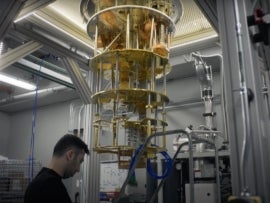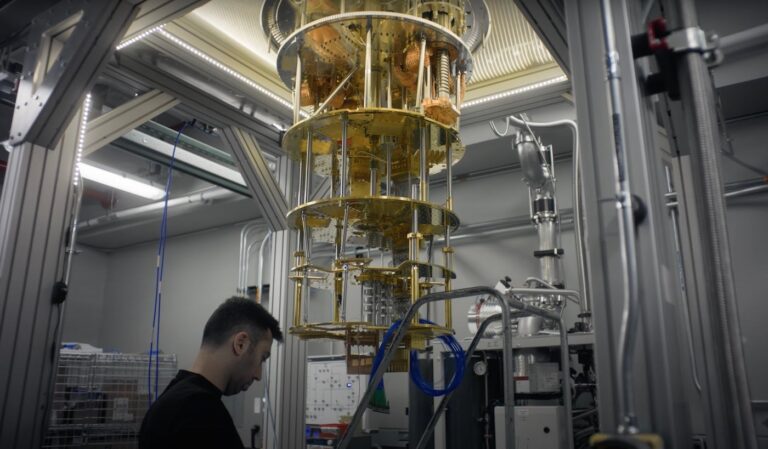
IBM is on track to deliver a fault-tolerant quantum computer at its Poughkeepsie, New York facility by 2029, according to a report by The Wall Street Journal. The company says the system called IBM Quantum Starling will be 20,000 times more powerful than today’s quantum machines.
Error correction: The final frontier
Quantum computers store data in quantum bits or qubits, which differ from classical bits in that they can exist in multiple states simultaneously, rather than strictly as a zero or one. This significantly enhances the computational power of quantum computers, making them well-suited for molecular engineering and creating advanced encryption algorithms.
One of the major technical hurdles for quantum computing is error generation, caused by the extreme sensitivity of qubits to environmental disturbances. Achieving a high level of error correction or quantum fault-tolerance allows a quantum computer to operate even if it makes errors.
“I feel more comfortable than ever that a fault-tolerant quantum computer will exist before the end of this decade,” said Jay Gambetta, IBM’s vice president of quantum, as quoted by the WSJ. “We are putting error-correction in detail on our roadmap because we believe now we’ve solved all the scientific challenges.”
IBM’s previous claim of quantum computing advances raised eyebrows in February when the company announced it had isolated a new form of matter that would help it produce more reliable and scalable qubits. Some scientists challenged the validity of this breakthrough, claiming that IBM hadn’t shared enough proof to back up its claims.
Nonetheless, Gambetta is confident in IBM’s 2029 target date due to recent developments. These include improvements in quantum low-density parity check codes — an approach that enhances error resilience — and the use of conventional computing to correct quantum errors as they occur.
SEE: Gartner named post-quantum cryptography among its top 10 strategic technology trends for 2025
The global quantum race
IBM is not the only company racing to achieve the Holy Grail of a fault-tolerant quantum computer. In February, Amazon announced a prototype quantum chip, which it claimed cut error rates by up to 90%. Dubbed Ocelot, the chip is designed to resist certain errors, reducing the need for complex error correction.
In April, Toshiba Europe demonstrated the transmission of quantum encryption keys across 158 miles of standard fiber-optic cable using conventional hardware — without requiring the cryogenic cooling typically associated with quantum systems.
This breakthrough by Toshiba signals that metropolitan-scale quantum encryption networks could be available within the next 10 years. Instead of relying on mathematical algorithms that normal encryption uses, quantum encryption uses quantum physics to secure encryption keys, making them virtually unbreakable.
“When you hear this announcement by IBM, as well as others by other hardware vendors, you realize that this is a real technology, and it’s coming to fruition as we speak,” said Chirag Dekate, an analyst at IT research and consulting firm Gartner.
Building a quantum future
In an effort to prepare the broader ecosystem for future deployment, IBM is releasing a detailed roadmap intended to attract developers interested in designing the algorithms that quantum systems will eventually run. Gambetta believes this will help achieve a return on investment for quantum computers, necessary to attract businesses.

